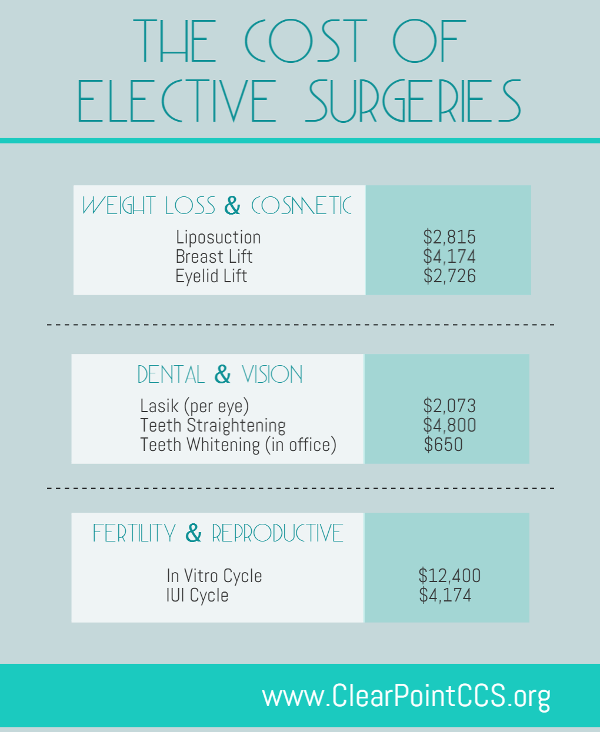How To Treat Acne Naturally
How To Treat Acne Naturally
Blog Article
Root causes of Acne on Cheeks
Acne outbreaks in the cheek area are caused by lots of things, from touching your face regularly to not changing your pillow case typically enough. Picking at imperfections enhances your risk of infection and scarring, and particular drugs can get worse dark areas (postinflammatory hyperpigmentation).
The good news is, there are many ways to prevent and treat cheek acne. These include:
1. Hormone Changes
Acne is largely caused by hormonal agents, specifically those generated throughout the age of puberty and maternity. For some, a family history of acne might additionally add to their problem. Anything that blocks pores, such as oil-based skin care products or waxy hair products, can trigger acne. Various topical treatments, like benzoyl peroxide and salicylic acid, can fight microorganisms and unclog pores. Those with extreme or persistent acne must seek treatment from their doctor.
Avoid touching or squeezing your acne, as this can press several of the microorganisms deeper right into the skin, causing a much more severe breakout. It is also vital to transform pillow cases on a regular basis and utilize clean makeup brushes. You should also attempt to stay clear of toxic irritants such as friction from wearing a headgear or limited collar.
2. Diet plan
The greasy, sugary foods that many people assume trigger acne might really not do so. In fact, researches have actually revealed that eating a diet abundant in entire, nutrient-dense foods assists to prevent outbreaks.
Foods high in the glycemic index (such as white bread, corn flakes, blew rice and potatoes, doughnuts and various other pastries) raise blood sugar level degrees rapidly, and this can increase hormonal agents that improve oil production and lead to acne.
Drinking cow's milk has actually likewise been linked to raised acne outbreaks. If you are a routine cow's milk drinker, you could wish to try changing to low-fat or nondairy options that are fortified with calcium. In addition, consuming alcohol more water can help to lower acne since it helps to maintain the skin hydrated.
3. Excess Oil
While oil is necessary for healthy skin, it can come to be a trouble when excessive sebum mixes with dead skin cells and obstructs pores. This combination can develop blackheads, whiteheads and acnes. The clogged pore wall can break down and spill bacteria, dead skin cells and sebum right into bordering skin. This leads to a red bump known as an acne. In some cases these red bumps have pus in the facility from a microbial infection. Larger contaminated bumps that appear like acne are called cysts.
There are many botox for tmj points that can trigger excess sebum and clogged pores, consisting of hormone variations, diet plan and day-to-day routines. Some examples consist of touching the face frequently, relaxing your hand on your cheek, utilizing unclean makeup brushes and not transforming pillow cases routinely.
4. Stress and anxiety
If you're handling pain pimples or a variety of blackheads and whiteheads, it may be time to talk to a skin specialist. They can recommend an efficient treatment that matches your skin type. Exercising relaxation and stress-reduction methods also assists.
Acne can occur in the cheeks because of friction and pressure, such as when an individual touches their face often or puts on a hat or sports helmet that massages against the skin. It can additionally appear where oily cosmetics and lotions scrub versus the skin.
Prevent pressing acne, as this can push contaminated material deeper right into the skin and lead to scarring. Instead, see a doctor to discover preventative therapies like medicine, skin treatment products and way of life changes. Eating a healthy and balanced diet plan of entire foods, getting 7 to 9 hours of sleep and making use of noncomedogenic makeup and skincare items can all help reduce acne outbreaks.
5. Hair Products
Hair items are not generally taken a cause of outbreaks, but they can contribute to acne on the cheeks in some individuals. Pomade acne, which is characterized by little shut comedones and papulopustules, is commonly triggered by making use of oily hair products that contain comedogenic active ingredients such as certain oils and acetylated lanolin.
Selecting hair items that don't include these possibly comedogenic ingredients is a crucial action toward lessening outbreaks. Also, guaranteeing that hair items aren't coming in contact with the skin can help stop outbreaks. For example, using a headscarf or hood at night can limit hair-to-face call and reduce the possibility that leave-in hair items will certainly rub off onto the face.
In addition to utilizing a non-comedogenic cream and cleaning with an acne face wash, other practical strategies include: